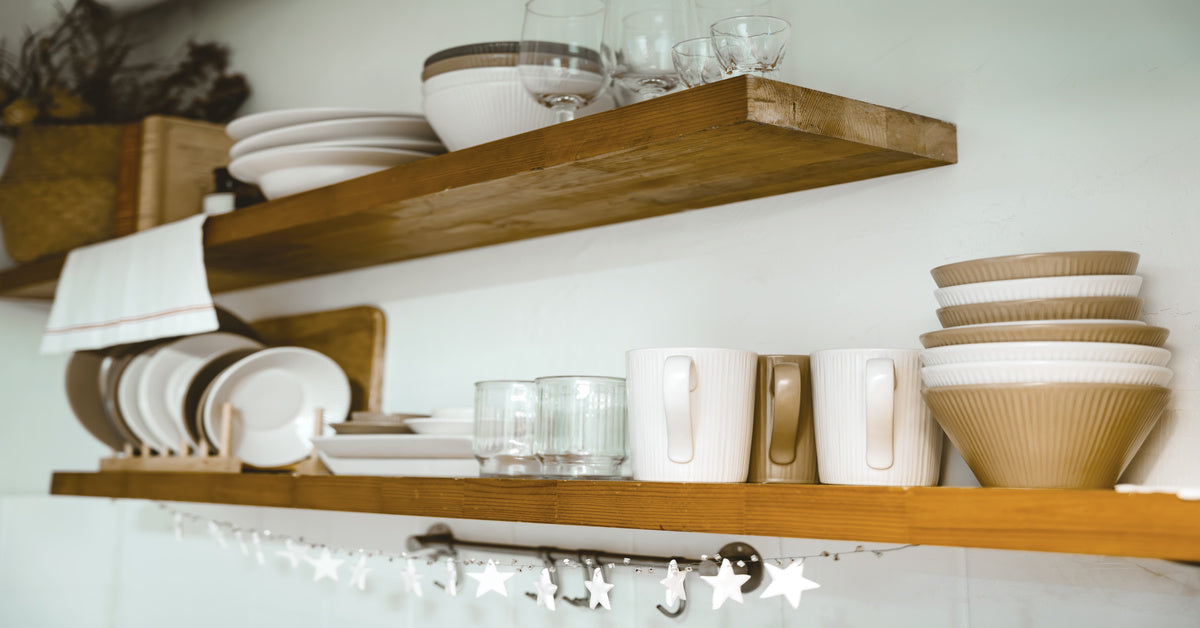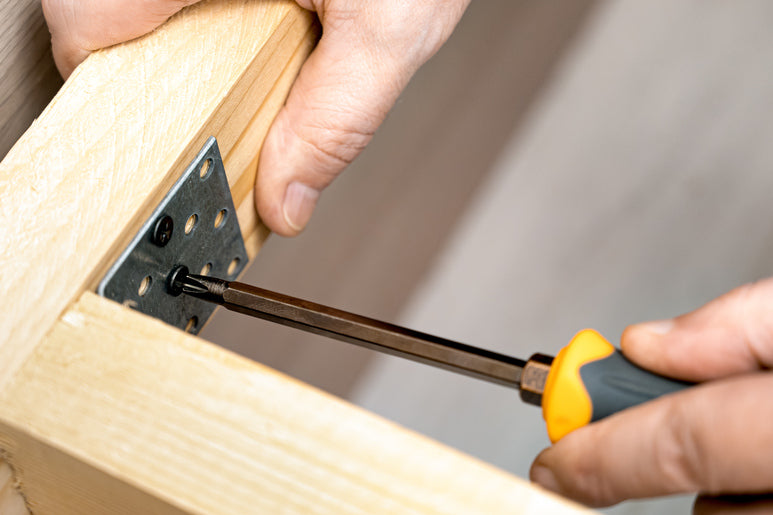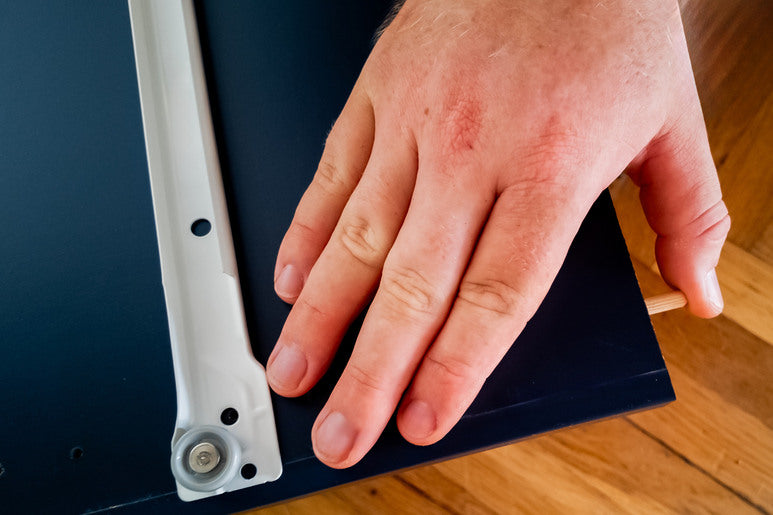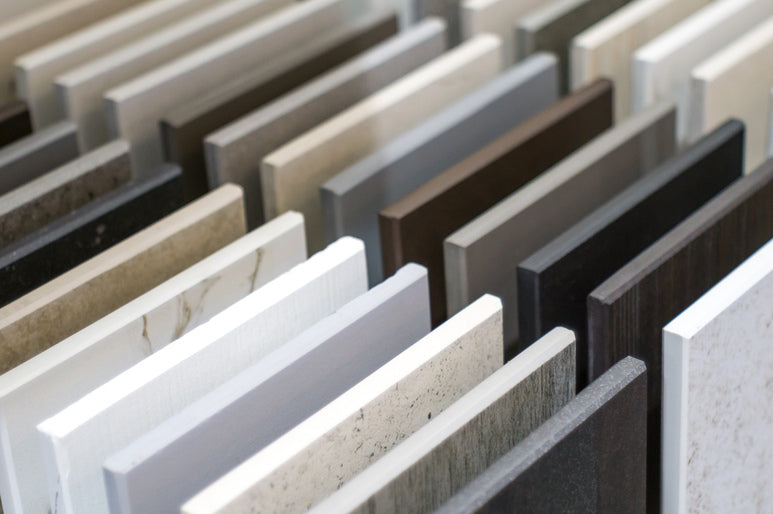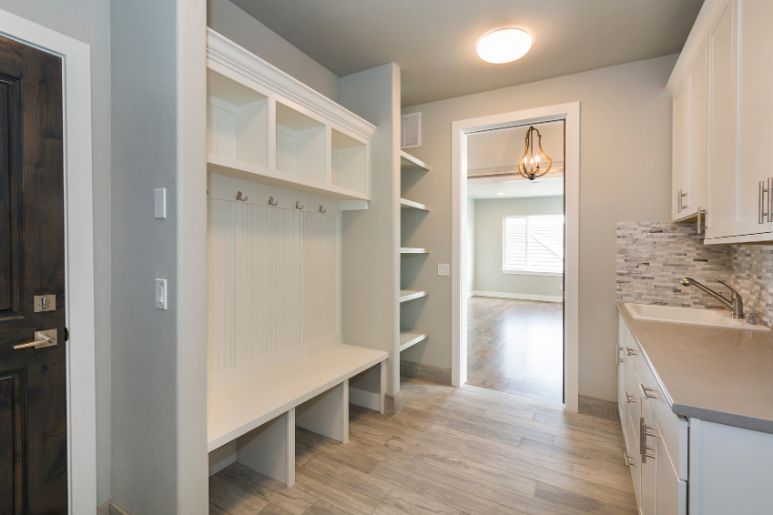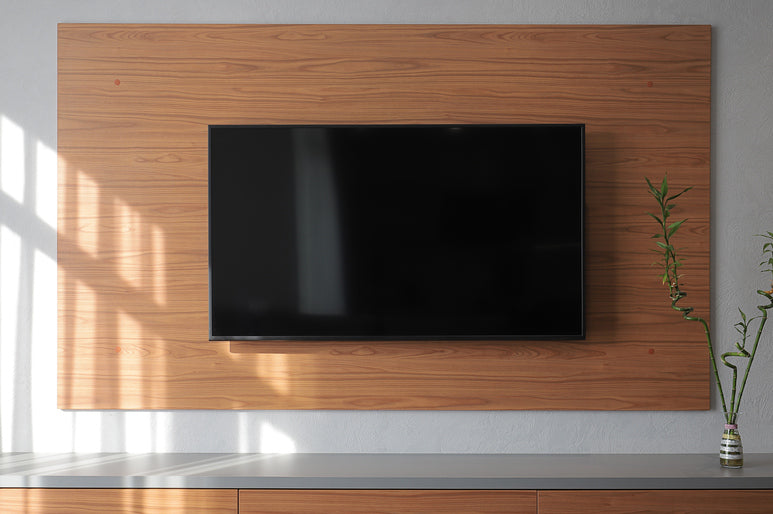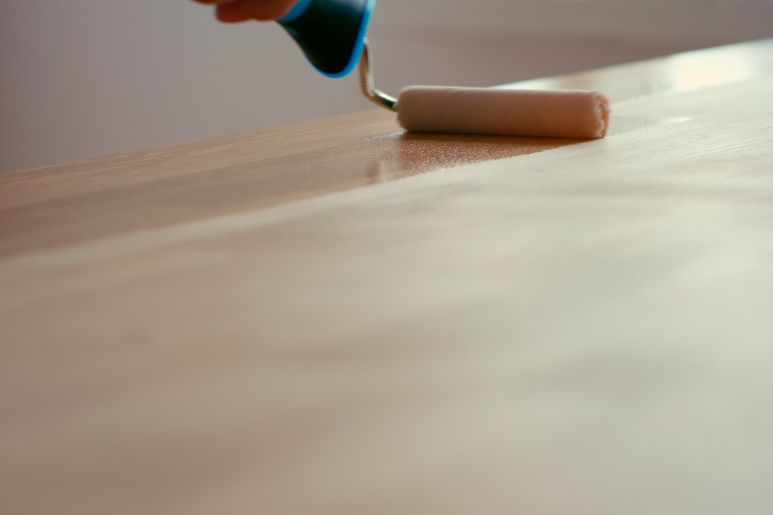
Common Mistakes To Avoid When Painting Countertops
The allure of painting your countertops is undeniable. It’s a quick, relatively low-cost option that transforms your kitchen or bathroom from drab to fab. With DIY home improvement projects on the rise, painting countertops stands out for its simplicity and dramatic change. But there’s an art to the work; every masterpiece requires a steady hand and understanding of the medium.
Take a moment to absorb the wisdom of those who’ve gone before you before you break out the paintbrush. Learn more about the common mistakes to avoid when painting countertops to ensure yours shine.
Common Preparation Mistakes
No structure can stand without a sturdy foundation; the same goes for a paint job. A solid start ensures a beautiful finish in the realm of countertops. Here are the missteps to sidestep:
Cleaning the countertop is one of the most pivotal preparation steps. An unclean surface spells disaster for your paint. Any residual grease, grime, or cleaner can hinder the paint’s ability to adhere, leading to flaking. Use a degreaser and water, followed by rubbing alcohol, to ensure a pristine canvas.
The surface material dictates the sanding strategy. Neglecting this step or sanding too aggressively can lead to visible scratches and uneven paint application. A light scuff with high-grit sandpaper will suffice for laminate counters. Natural stone requires a more delicate touch—consider wet sanding.
Primer is a prelude that goes unnoticed but is essential for a lasting paint job. It provides a surface for paint to grip and prevents stains from bleeding through. Choose a bonding primer designed for use on countertops for the best results.
Common Mistakes While Painting
The paint you use is as pertinent as the prep you do. Your countertop is subject to heavy use, so select a paint built to withstand it. Avoid these pitfalls when it’s time to color:
Countertops come in various materials, each requiring a specific paint type. Using the wrong paint on the wrong material can result in disaster. Choose a durable enamel for wood. Use multi-surface acrylic paint for laminate or ceramic. A mismatch can mean the difference between a long-lasting finish and a perpetual project.
Layering paint on too thickly can result in cracks or peeling, as the surface can’t dry properly. Conversely, applying paint too thinly may require multiple coats. Each layer needs sufficient time to dry before the next addition. Rushing this step can lead to a sticky or uneven finish. Follow the instructions on your paint can diligently.
Common Mistakes After Painting
You’re not quite out of the woods once the paint has dried. How you care for your newly painted countertops can extend the life of your project or expedite its demise. Here’s how to keep your countertops in tiptop shape after painting:
Resist the urge to place items on your countertop or perform heavy-duty tasks too soon. Depending on the paint and environmental conditions, the curing process can take up to 30 days. Give it the time it needs.
Proper maintenance is key to the longevity of your painted countertops. Avoid abrasive cleaners; opt for a mild detergent and soft cloth. Treat your countertop with care to avoid chipping or scratching.
Avoiding these common mistakes when painting countertops can make the difference between a countertop that stands up to the test of time and one that crumbles under pressure. Check out Right On Bracket’s selection of floating countertop supports to make your project a breeze. After all, your countertops should reflect the diligence you put into infusing them with new life.


